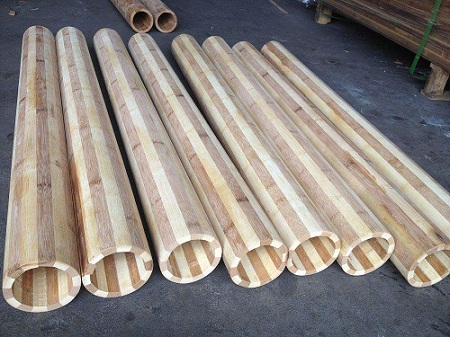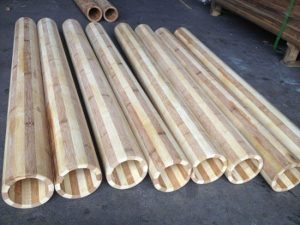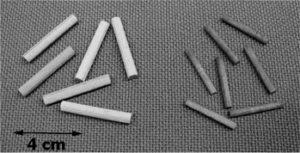- Alumina
- Boron Nitride
- Zirconia
- Other Ceramics
- Applications
- Contact

Biomorphic silicon carbide ceramic material is a new type of ceramic material with biological structure and unique properties, which is based on natural renewable resources (such as coconut shell, straw shell, straw, wood, and wood-based material) through organic and inorganic transformation.
Through thousands of years of evolution in nature, most cells and tissues that makeup wood are arranged in the axial direction and wood rays are arranged in the radial direction, so they have good anisotropy. Besides, the porous structure of biomorphic material makes it have good strong weight ratio and permeability. Generally, wood with a density range of 0.30-0.80g/cm3 is suitable for the preparation of SiC ceramics. In addition to natural wood, some wood composites and wood residues can also be used to prepare SiC ceramics, such as medium-density fiberboard, chipboard, paper, sawdust, and other materials.

Biomorphic silicon carbide ceramic
At present, the preparation technology of biomorphic ceramics laboratory is in full bloom, but there are few reports on industrial production, which mainly because the cost advantage of large-scale production is not large. However, this phenomenon is expected to change gradually under external conditions, such as the state’s stricter environmental regulation and the people’s increasing desire for environmental friendliness. The production of wood silicon carbide ceramics is closely related to the properties of the wood itself. With advances in genetic modification or timber cultivation, silicon carbide ceramics with special structural characteristics prepared by orientation will have an attractive prospect in the future.
What potential do biomass silicon carbide ceramics have?
Ceramic materials can be divided into two types: structural ceramics and functional ceramics. Biomorphic SiC ceramics is a kind of structural ceramic materials, which has a series of superior properties such as high-temperature resistance, wear resistance, erosion resistance and so on. It can withstand the harsh working environment that metal material and macromolecular material cannot bear, and its unique biomorphic material structure characteristic makes it has a lot of other superior performance.

biomorphic ceramics
The appearance of biomorphic ceramics provides a potential way to design new porous ceramics. As an emerging environmental material, the research on biomorphic ceramics will undoubtedly gain significant social and economic benefits to slow down the ecological environment deterioration and reuse of waste materials.
Biomorphic silicon carbide ceramics are unique in their properties, preparation, and application. Its unique bionic material characteristics make full use of the pore structure of the biomorphic material itself, so it has the feature of multi-porosity, which makes it has reasonable mechanical characteristics and is convenient for preparation, thus effectively reducing production cost.
In addition, it is also found that the pore structure characteristics of biomorphic ceramics, as porous carbon materials, are essentially determined by the wood pore characteristics utilized. The pore structure of wood further affects the structure and various properties of wood-based silicon carbide ceramics. Therefore, as a new carbon material combining environmental protection and functionality, biomorphic silicon carbide ceramics will have a great potential with the continuous optimization of genetic engineering or wood breeding technology.
Please visit http://www.samaterials.com for more information.